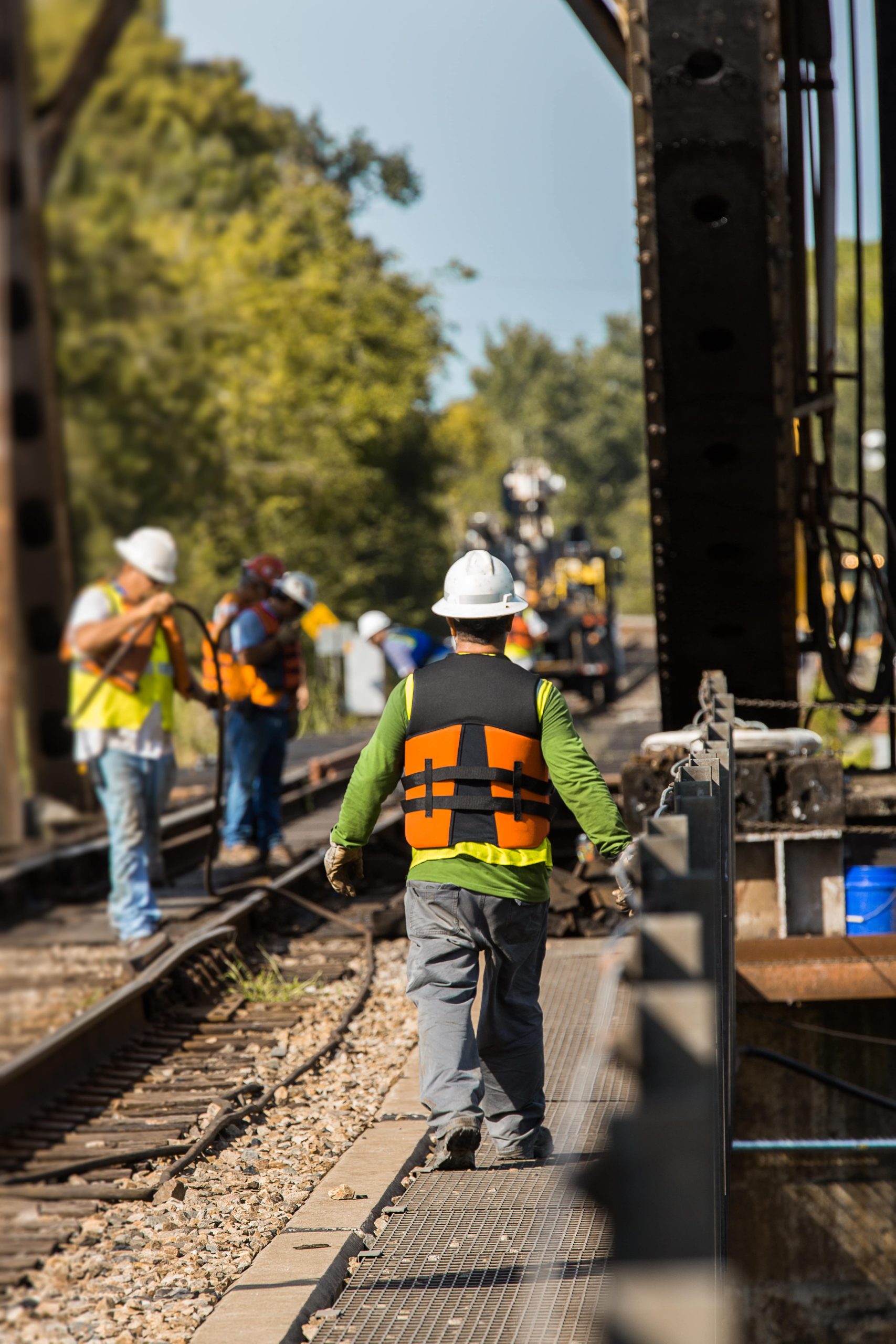How Can A Weekly Railroad Cancer Lawsuit Project Can Change Your Life
Understanding Railroad Cancer Lawsuits: A Comprehensive Guide
Railroad workers are important to the functioning of our economy, keeping and operating trains that transfer items and people across huge ranges. Nevertheless, this important labor force is increasingly at danger of developing severe health problems, especially cancer. Railroad cancer claims have emerged as a crucial avenue for workers looking for justice and payment after experiencing conditions thought to be connected to their profession. This blog site post explores the complexities of railroad cancer suits, offering insights into their background, common materials included, typical claims, the legal process, and frequently asked questions.
Background on Railroad Workers and Cancer Risks
Railroad workers are typically exposed to harmful products and environments that can lead to extreme health consequences. Some of the main elements contributing to cancer threats among these employees consist of:
Asbestos Exposure: Historically, asbestos was a common product utilized in railroad manufacturing and upkeep. Extended exposure has been connected to various types of cancer, including mesothelioma cancer and lung cancer.
Chemical Exposure: Railroad workers often manage or work near carcinogenic compounds such as diesel exhaust, benzene, and other harmful chemicals used in upkeep, cleaning, and operations.
Radioactive Materials: In some cases, workers may be inadvertently exposed to radioactive materials, specifically in locations where these materials are transferred.
The cumulative effect of these exposures over years of service positions a significant threat to the long-lasting health of railroad workers.
The Legal Landscape
Common Claims in Railroad Cancer Lawsuits
Railroad cancer lawsuits typically arise from carelessness or failure to supply a safe working environment. A number of typical types of claims include:
- Exposure to Carcinogens: Citing specific harmful substances that workers were regularly exposed to gradually.
- Failure to Warn Employees: Employers stopping working to disclose the threats related to particular products or practices.
- Inadequate Safety Measures: Not providing proper security devices or protocols to reduce direct exposure to hazardous materials.
Table 1: Common Chemicals and Their Associated Cancers
Chemical
Associated Cancers
Asbestos
Mesothelioma Cancer, Lung Cancer
Benzene
Leukemia, Non-Hodgkin Lymphoma
Diesel Exhaust
Lung Cancer, Bladder Cancer
Radon
Lung Cancer
The Legal Process
Detailed Overview
Consultation with a Lawyer: Before taking any action, the impacted worker ought to seek advice from an attorney experienced in managing railroad cancer suits.
Gathering Evidence: The lawyer will assist collect medical records, work history, and proof of exposure to toxic compounds.
Filing the Lawsuit: The lawsuit is filed in the suitable court, describing the claims versus the railroad company.
Discovery Phase: Both celebrations exchange information and proof, including depositions, documents, and professional witness statements.
Mediation or Settlement Talks: Often, claims might be dealt with before trial through settlement negotiations.
Trial: If a settlement can not be reached, the case goes to trial where both celebrations will provide their arguments.
Decision: The jury or judge provides a verdict, which could include payment for the plaintiff if they dominate.
Table 2: Steps of the Legal Process
Step
Description
Assessment
Discuss case with a legal specialist
Proof Gathering
Gather medical and work-related documents
Submitting the Lawsuit
Send lawsuit with claims versus the company
Discovery Phase
Exchange of info between both parties
Settlement Negotiations
Attempt to fix the case outside of court
Trial
Present case before a judge or jury
Decision
Decision is rendered, leading to settlement
Frequently Asked Questions (FAQs)
1. What is the FELA?
The Federal Employers' Liability Act (FELA) is a U.S. law that permits railroad workers to sue their employers for injuries or health problems that occur from their work. Under FELA, claims can be produced diseases like cancer that belong to job conditions.
2. For how long do Railroad Attorney Near Me have to sue?
The statute of constraints for railroad cancer suits varies by state but is often 3 to 5 years from the date of injury or diagnosis.
3. Can I still file a lawsuit if my company has workers' payment insurance?
Yes, under FELA, workers can pursue federal claims for injuries or diseases that are occupational, even if workers' settlement is offered.
4. What types of settlement can I seek?
Payment can consist of medical expenses, lost incomes, discomfort and suffering, and compensatory damages depending upon the nature of the claim.
5. Do I need a lawyer to submit a railroad cancer lawsuit?
While it is possible to file a lawsuit without a lawyer, having a skilled attorney considerably increases the possibilities of a beneficial outcome, as they understand the intricacies of FELA and railroad-related claims.
Railroad cancer claims represent a crucial path for workers affected by harmful material direct exposure to look for justice and settlement. With the potential for considerable medical diagnoses occurring from years of work, especially in unsafe environments, it is vital for affected individuals to understand their rights under the law. Those who presume they have been harmed due to their railroad work need to think about seeking advice from an experienced attorney to explore their legal choices and do something about it for their health and well-being. With the best assistance, they can browse the intricacies of the legal procedure, achieving the justice they are worthy of.
